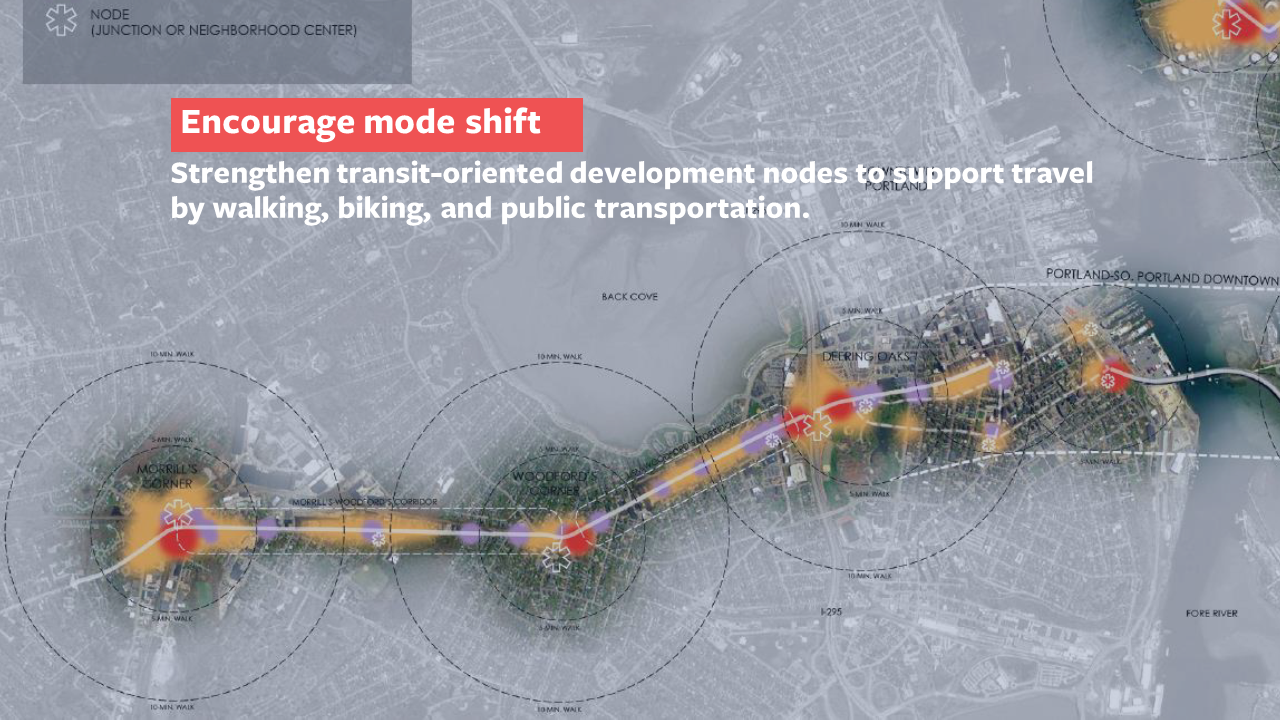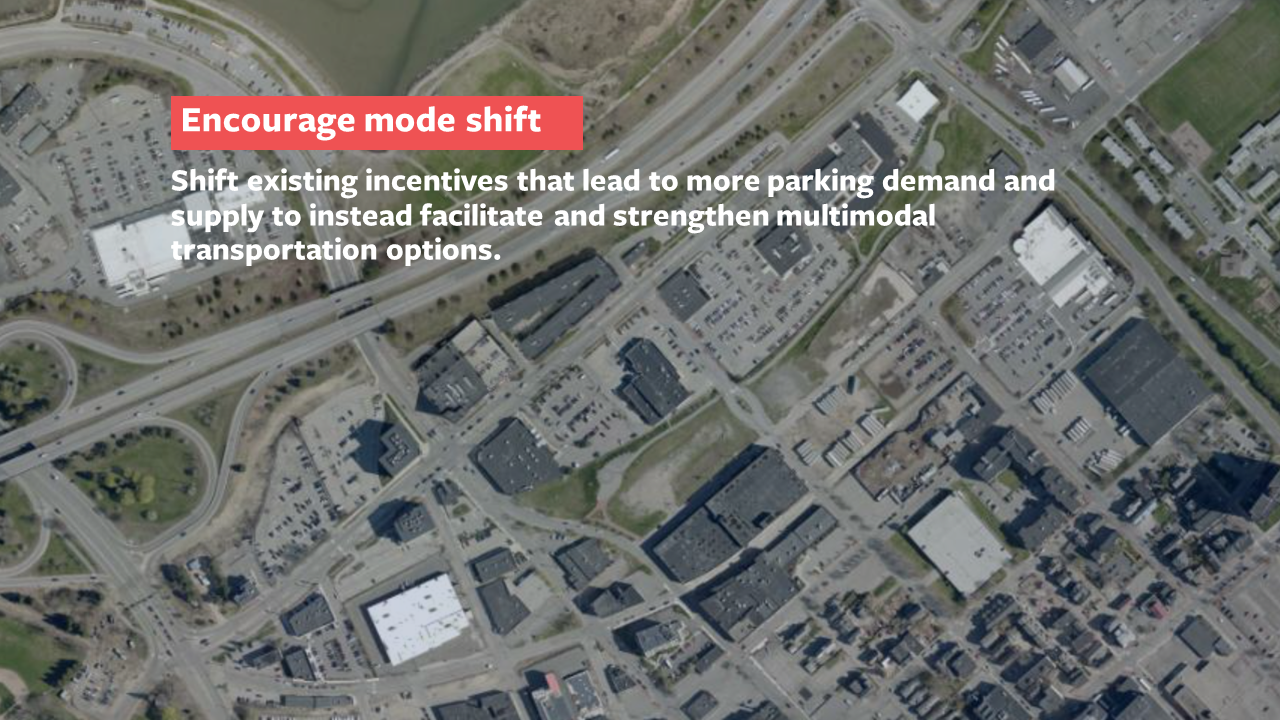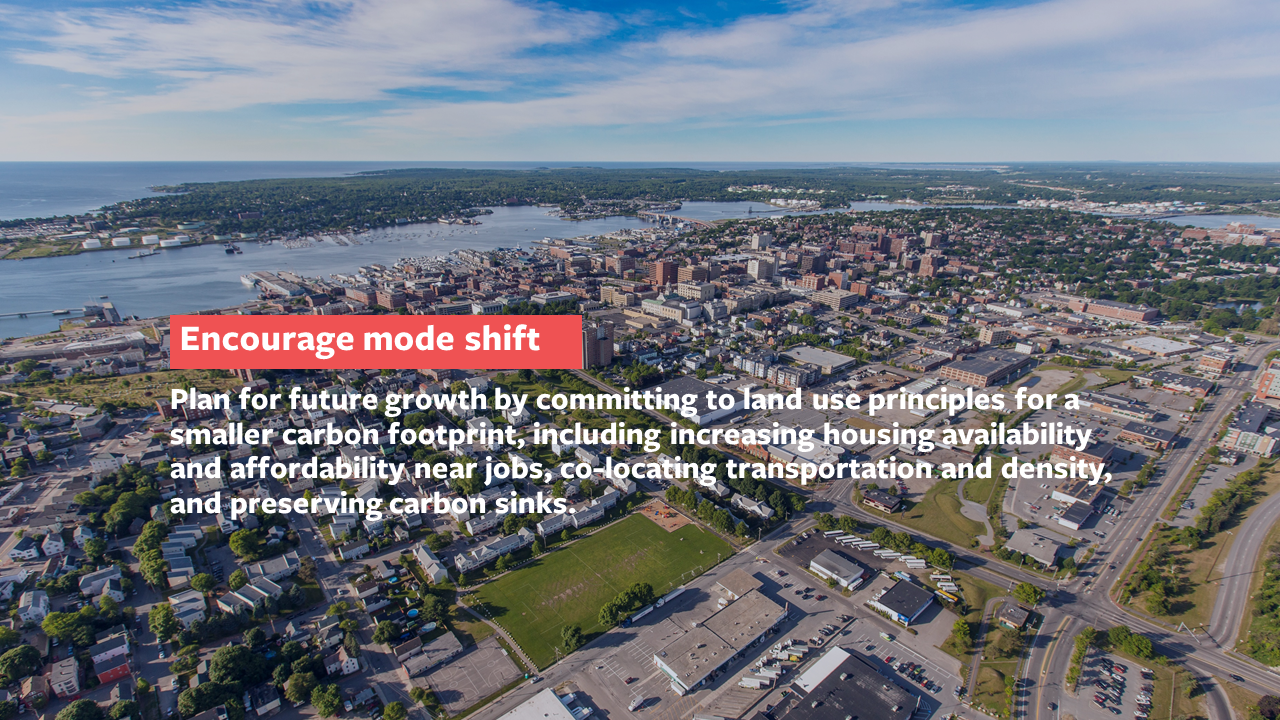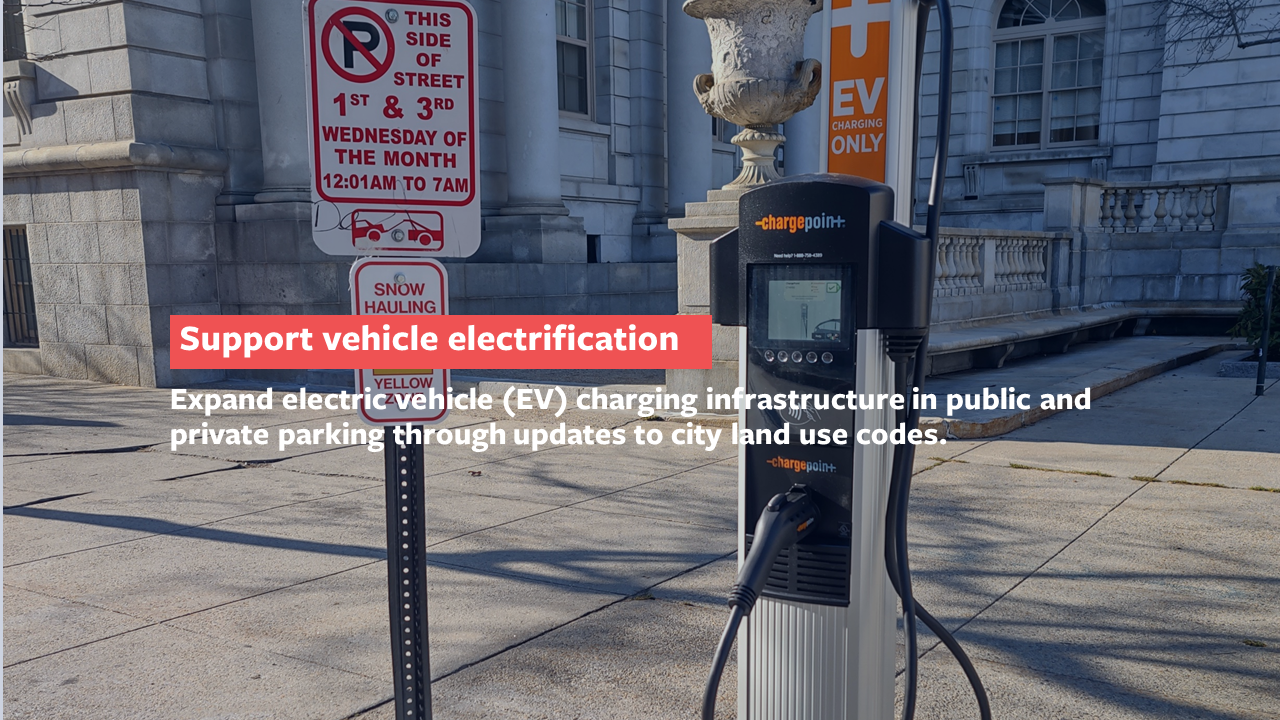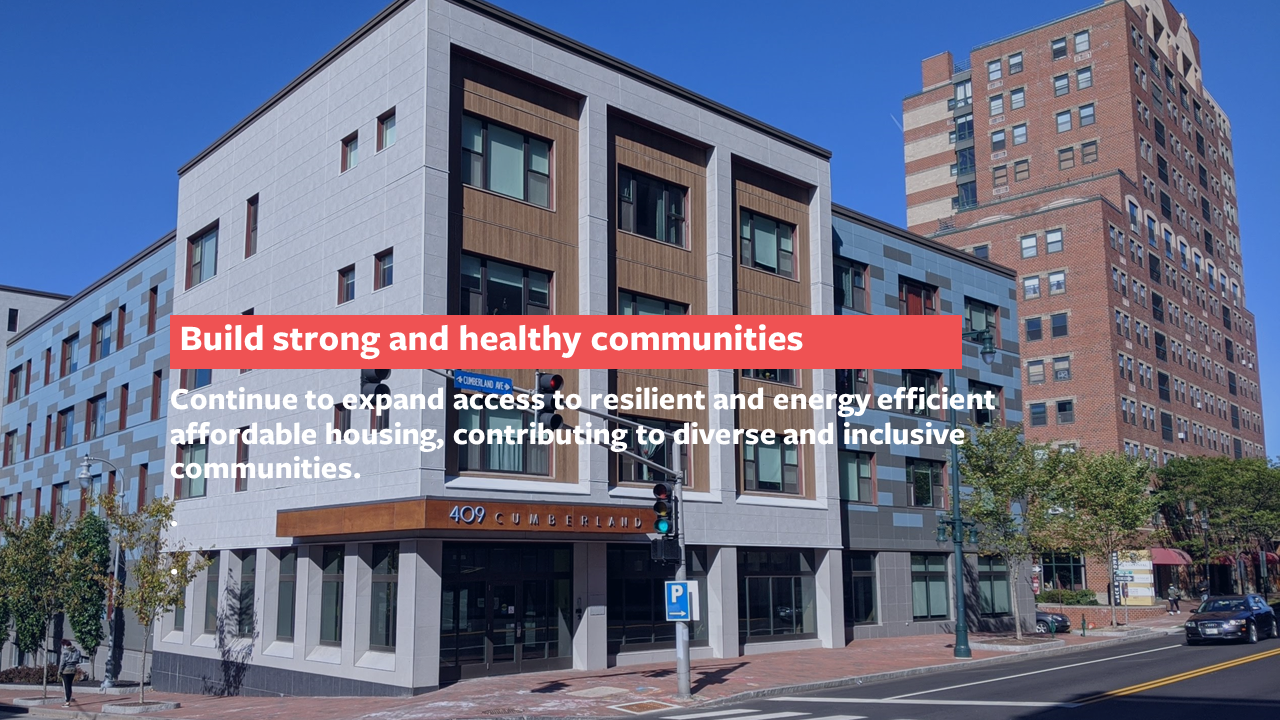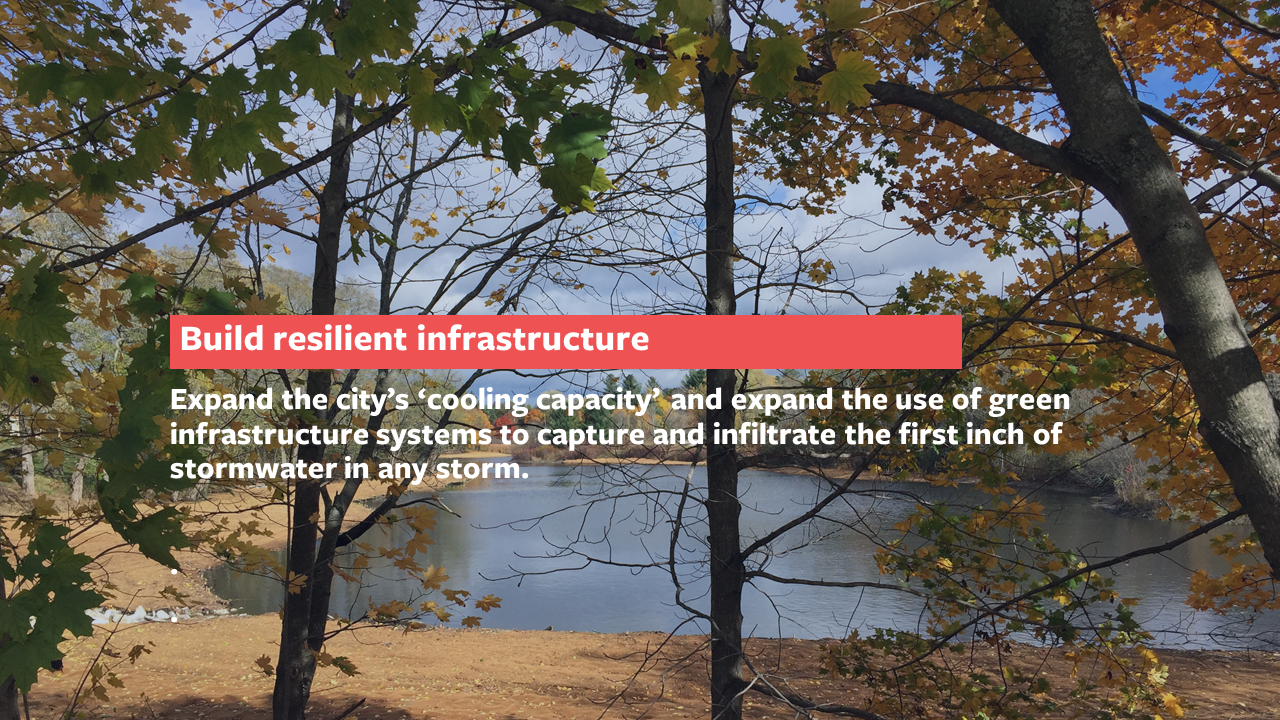Sustainable Portland: Climate Change and the Land Use Code
Portland’s Plan makes a strong statement around a sustainable Portland, identifying how environmental, economic, and social sustainability are crucial to the long-term health of the city. Building off this platform, in 2020, the City of Portland published One Climate Future, a plan that identifies clear pathways for reducing our contribution to global climate change while also preparing the City for the impacts of sea level rise, increased precipitation, and hotter air temperatures. One of the core strategies identified in One Climate Future highlights the importance of land use principles and practices that codify the City’s commitment to a smaller carbon footprint, smart growth, and resiliency. As ReCode Phase II gets underway, we’re taking a closer look at these recommendations and how they can inform our land use patterns, transportation networks, and infrastructure investments.
Mitigation
One Climate Future provides a road map for meeting our city-wide goal of reducing greenhouse gas emissions 80% from 2017 levels by 2050. The plan’s greenhouse gas inventory shows that buildings and transportation represent the city’s two largest contributors to greenhouse gas emissions. While building emissions are largely regulated by the building code, transportation emissions, which are fundamentally about where people live, work, and meet their daily needs, are integrally tied to the land use code.
Recognizing this transportation-land use connection, One Climate Future makes a number of land use code-related recommendations meant to mitigate - or reduce - our transportation emissions:
Adaptation
One Climate Future also establishes an adaptation goal, stating that the city will build the resilience of its neighborhoods, infrastructure, and ecosystems to prepare for the impacts of climate change. As with issues of mitigation, adaptation is closely tied to land use - how and where people build homes, workplaces, institutions, and green spaces.
The plan’s adaptation recommendations include a wide variety of strategies to build strong social networks and a resilient local economy, which include land use strategies to ensure that our built environment reflects the vulnerabilities posed by sea level rise and storm surge:




